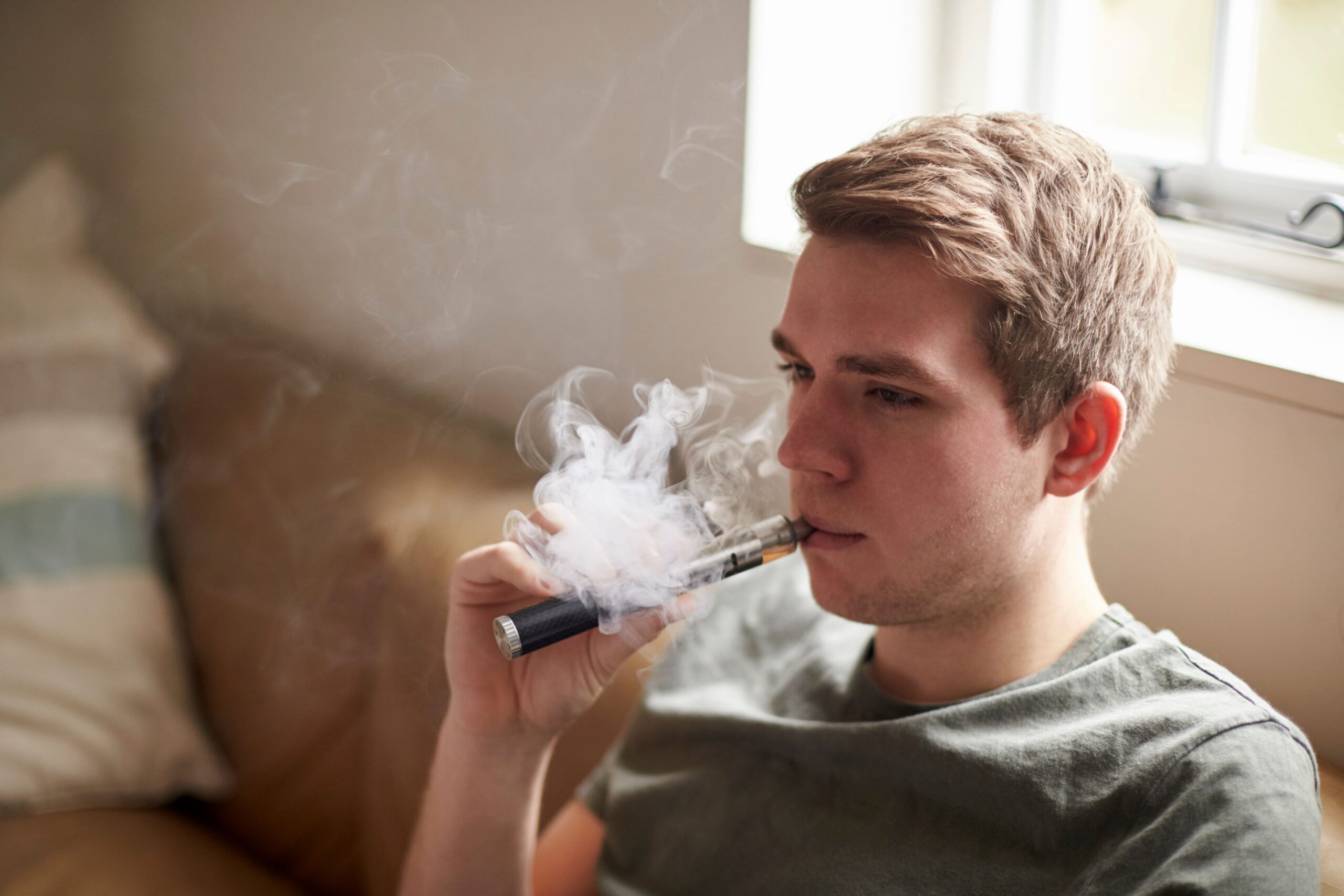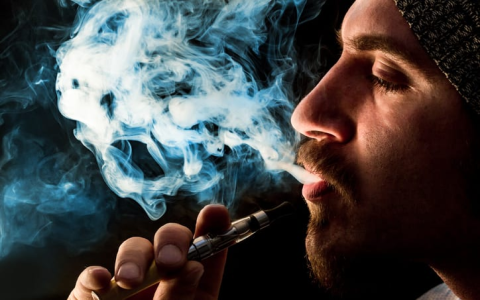The permissibility of using electronic cigarettes, or vaping, indoors is not uniform and depends heavily on specific regulations, policies, and the type of indoor environment.
Technical Considerations: Smoke Detectors
Yes, electronic cigarette aerosol can trigger smoke detectors. The aerosol exhaled from e-cigarettes consists of particulates and chemicals. Both ionization and photoelectric smoke detectors can be activated by these particles, particularly if the vapor concentration is high or the detector is highly sensitive. This can lead to false alarms.

- High vapor concentrations increase the likelihood of alarm activation.
- Detector sensitivity plays a significant role; more sensitive units are more easily triggered.
- While less powerful vaping devices producing lower vapor concentrations may not consistently trigger alarms, the risk remains.
Regulatory and Policy Landscape
Legislation regarding indoor vaping varies significantly by jurisdiction (country, state, or city). Many areas have extended existing smoking bans to include e-cigarettes, prohibiting their use in public indoor spaces, workplaces, and on public transport.
Beyond legal mandates, individual establishments such as restaurants, hotels, and private businesses often implement their own stricter no-vaping policies. This is frequently done to ensure a cleaner, healthier, and safer environment for all guests and staff. Some venues, like hotels, may use specialized vape detectors to identify vaping and enforce these policies.
General Guidance
It is generally advisable to assume that vaping is not permitted indoors unless explicitly stated otherwise. Always check for posted signage or inquire with management or staff before using an electronic cigarette in any indoor setting to avoid potential issues or penalties.










